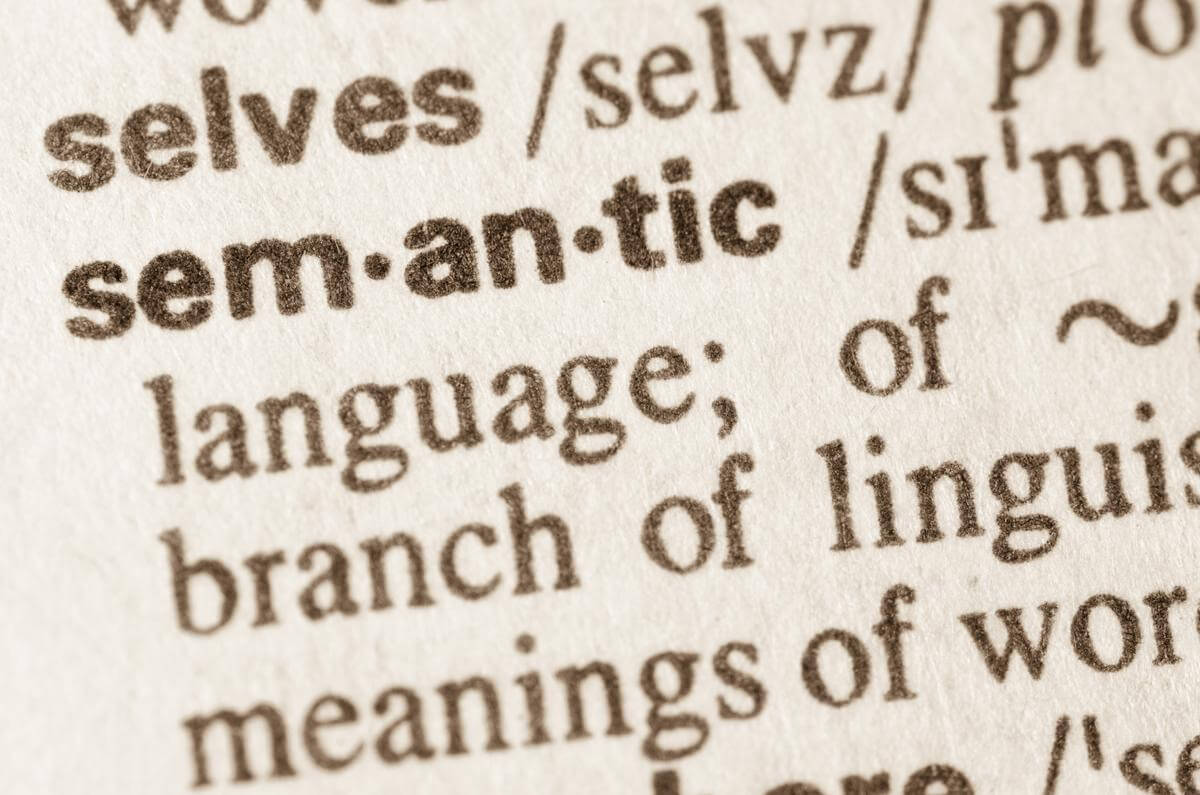
Every time we speak or write, we use words to convey meaning and express our thoughts. But have you ever wondered how words get their meanings? Is it just a matter of the words themselves or does the context in which they are used also play a role? The answer to these questions lies in the fields of semantics and pragmatics.
Defining Semantics And Pragmatics
Semantics is the study of word meanings and the ways in which words combine to create meaning in language. It deals with the relationship between words and their referents, i. E. , the objects, events, or concepts that words represent. Semantics also deals with the different aspects of meaning such as denotation (literal meaning) and connotation (emotional or cultural associations).
On the other hand, pragmatics is concerned with the use of language in context. It looks at the interpretation of meaning beyond what is explicitly stated and how social and cultural factors influence the use of language. Pragmatics is about the rules of language use, such as turn-taking in conversations, politeness, and the use of implicature (inferencing beyond what is said).

The Relationship Between Semantics And Pragmatics
Semantics and pragmatics are closely related and interdependent. While semantics deals with the literal meaning of words, pragmatics considers the context in which those words are used. For example, in the sentence “i have a cat,” the word “cat” has a semantic meaning that refers to a small carnivorous mammal, but the pragmatics of the sentence could reveal that the speaker is allergic to cats and would not want to be near one.
In addition, pragmatics goes beyond semantics by taking into account the speaker’s intentions and the hearer’s understanding. A speaker may use irony or sarcasm to convey the opposite of what they mean, and it is up to the hearer to interpret the meaning based on the context and the speaker’s intention.
The Interaction Between Semantics And Pragmatics
Semantics and pragmatics interact with each other in many ways. One way is through presupposition, which is the assumption the listener makes about what is already known or given. For example, in the sentence “i am going to the bank,” the word “bank” may have a semantic meaning of a financial institution, but the pragmatics of the sentence could reveal which specific bank the speaker is referring to, based on the context and the listener’s assumption.
Another way that semantics and pragmatics interact is through implicature. Implicature is the inference made by the listener based on what is said and what is known about the situation. For example, in the sentence “i have a lot of work to do,” the semantics of the sentence may indicate a heavy workload, but the pragmatics could reveal that the speaker is asking the listener to excuse them from a planned activity.
Understanding The Significance Of Semantics And Pragmatics
Semantics and pragmatics are important for effective communication. They help us to convey our intended meanings clearly and avoid misunderstandings. Understanding the different aspects of meaning can help us to use language more accurately and effectively, while the knowledge of pragmatics can help us to use language appropriately in different social situations.
Without semantics, language would be meaningless, and without pragmatics, language use would be inefficient and lacking in a social context. Both semantics and pragmatics are essential for clear and effective communication.

Specifics Of Semantics In Language Communication
Semantics plays a crucial role in language communication by enabling us to convey meaning accurately. One important aspect of semantics is word meaning. Words have both a denotative (literal) meaning and a connotative (emotional or cultural association) meaning. For example, the word “home” has a denotative meaning of a place where one lives, but it also has a connotative meaning of a place of comfort and security.
Another aspect of semantics is word relationships. Words can be related to each other in many ways such as synonyms (words with the same meaning), antonyms (words with opposite meanings), and hyponyms (words that are narrower in meaning than a hypernym). For example, “apple” is a hyponym of “fruit,” which is a hypernym.
Syntax is another area of semantics that deals with the way words combine to form sentences. The rules of syntax determine how words can be arranged in a sentence to convey meaning. For example, in the sentence “the cat chased the mouse,” the syntax indicates that the cat is the subject and the mouse is the object.
How Pragmatics Affects Communication
Pragmatics affects communication by considering the context in which language is used and how social and cultural factors influence language use. One important aspect of pragmatics is deixis, which is the use of words or phrases to point to specific things or events in the context. For example, pronouns such as “i,” “you,” and “they” are deictic because their meaning depends on who is speaking and to whom they are speaking.
Another aspect of pragmatics is implicature, which is the inference or suggestion made by the speaker beyond what is explicitly stated. Implicature relies on the context and the shared knowledge between the speaker and the listener. For example, the sentence “would you like to come up and see my etchings? ” may be used as a euphemism for a sexual invitation, and the implicature relies on the knowledge of the cultural context and the shared meaning between the speaker and the listener.
Examples Of The Interaction Between Semantics And Pragmatics
The interaction between semantics and pragmatics can be illustrated by many examples. One such example is the use of irony, which is the use of language to convey the opposite of what is meant. Irony relies on the knowledge of both semantics and pragmatics. For example, in the sentence “it’s raining again, how lovely,” the semantics of the sentence indicate that the speaker finds the rain unpleasant, but the pragmatics of the sentence reveal that the speaker is using irony to express the opposite sentiment.
Another example is the use of metaphors, which is the use of language to compare two things that are not literally the same. Metaphors rely on the knowledge of both semantics and pragmatics. For example, in the sentence “my heart is a lonely hunter,” the semantics of the sentence indicate that the speaker is referring to their emotions, but the pragmatics of the sentence reveal that the speaker is using a metaphor to express their feeling of isolation.

On The Interplay Between Semantics And Pragmatics
Semantics and pragmatics are two interdependent branches of linguistics that study meaning in language. While semantics focuses on the meaning of individual words and how they combine to form sentences, pragmatics looks at how context affects the interpretation of meaning and the use of language in social situations. The interaction between semantics and pragmatics enables us to convey meaning accurately and effectively in different social contexts.
In language communication, semantics plays a crucial role in enabling us to convey meaning accurately, while pragmatics considers the context in which language is used and how social and cultural factors influence language use. The relationship between semantics and pragmatics helps us to understand the different aspects of meaning and language use, and to use language more effectively in different social situations.

Aiken is a communication strategist and writer who specializes in digital interactions, social engagement, and interpersonal communication techniques. His work explores how technology shapes the way people connect, collaborate, and build relationships.
